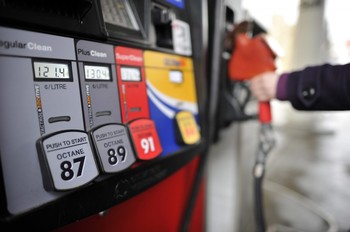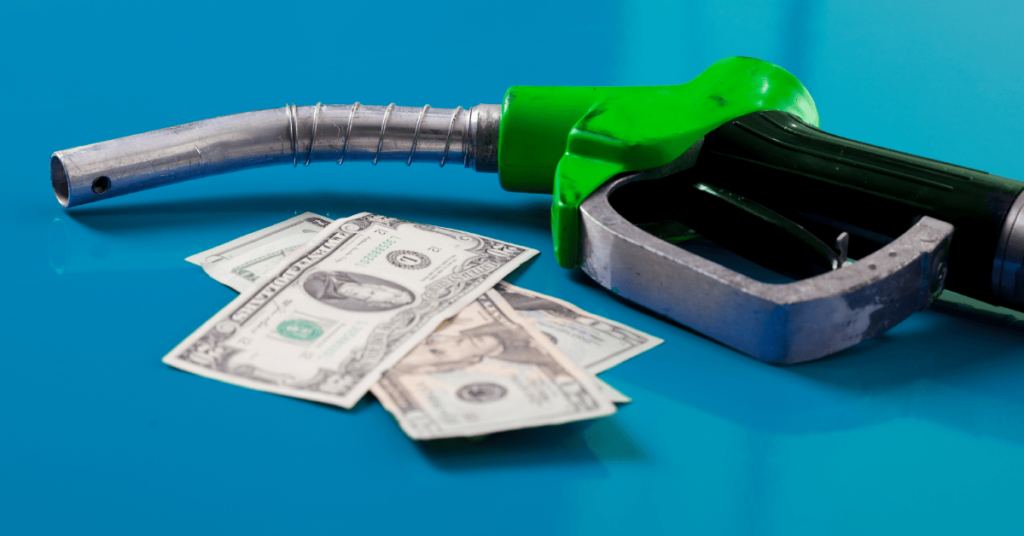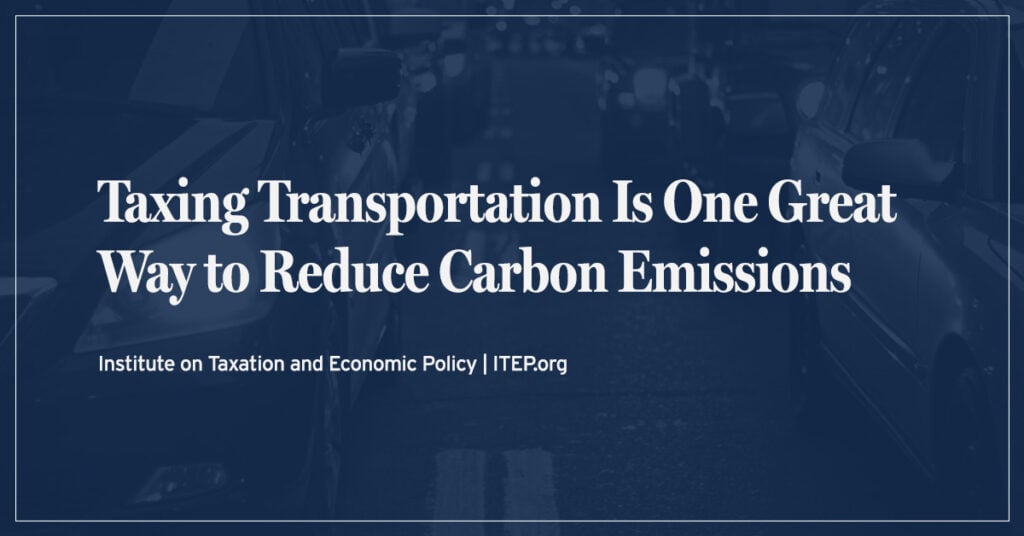As part of his budget plan released Monday, President Trump offered an infrastructure proposal that he describes as a $1.5 trillion 10-year surge in infrastructure investments. The details of the proposal explain that the federal government would put up only $200 billion of this total, which the administration claims will be offset with cuts in other spending. Even this relatively meager funding amount is illusory because it would clearly be financed by cutting other federal spending — including infrastructure investments.
For example, the budget proposes to end the practice of partially funding the Highway Trust Fund from general revenues, which would result in a projected cut of $122 billion over the last seven years covered by the 10-year budget. On top of that are other budget cuts, including to the Department of Transportation.
Avoiding the Obvious Answer — Raising Federal Gas Tax
The only dedicated source of funding for the Highway Trust Fund is the federal gas tax, which Congress has not raised since it set the current level of 18.4 cents per gallon in 1993. A quarter-century is the longest period that Congress has gone without adjusting the tax since its inception in the 1930s. As a result, the gas tax is far less effective at financing transportation projects than it used to be. This is partly because vehicles are more fuel-efficient, meaning cars now burn fewer gallons of gasoline and their drivers therefore pay less in gas taxes. But as ITEP has explained, most of the reason for the gas tax’s inadequacy is the simple fact that the cost of building roads and mass transit has gone up while the gas tax does not even rise with inflation.
The gas tax is not a perfect funding source. It is a regressive tax, biting a larger share out of a poor family’s income than that of a rich household. But the gas tax also captures funding for our shared roads from those who use them the most.
Telling States and Private Investors to Fund Infrastructure Is Not a Plan
Increasing the gas tax is also better than anything proposed by the Trump Administration, which has provided no federal funding source. Even if the administration was willing to allot $200 billion in new federal funding for infrastructure, it is simply not true that any part of his plan will transform that into $1.5 trillion.
Most of the additional $1.3 trillion would come, according to Trump’s plan, from state and local governments. Half of the $200 billion would go to them as matching grants, with the feds kicking in just 20 percent of the costs of new projects. This is far less funding than the federal government has traditionally provided. Currently, about 80 percent of federal highway spending and 50 percent of spending on mass transit comes from the federal government. Reducing the federal share of infrastructure spending and telling state and local governments to make up the difference is not a plan to increase infrastructure investments. Moreover, states cannot borrow as easily as the federal government and the majority of them have already increased their gas taxes in the last five years. So it’s not obvious that they have the flexibility to raise the revenue needed.
Another $20 billion would go to loans that underwrite private investment in infrastructure. The move toward privatizing the nation’s infrastructure even involves the possibility of the federal government selling assets, including some airports and highways in the Washington D.C. area.
Privatization is sometimes presented as a type of magic — a road or bridge can be built or updated without taxpayers putting up the funds and without the state issuing bonds. But even if taxpayers save initially, they eventually pay through tolls or some other means. The only real difference is that the public has lost control over a public asset, and there are many examples of these transportation privatization schemes at the state level turning out to be terrible deals in the long-run.
Proponents of this type of privatization insist that the government is less efficient and less competent than the private sector but somehow want us to believe that government officials are geniuses working for the public good when they evaluate and negotiate, say, a 75-year lease of a highway in Indiana. Results demonstrate that this is clearly not true.
No convoluted financing scheme can hide the fact that we need infrastructure and we need to pay for it. It makes no sense to see lawmakers as somehow protecting the voters from tax increases needed to fund infrastructure when those taxes are simply replaced with tolls or other costs.





